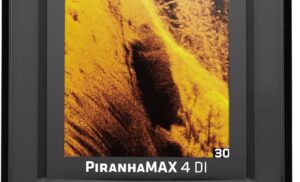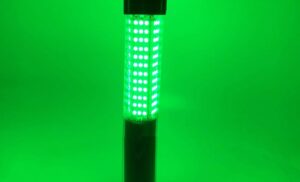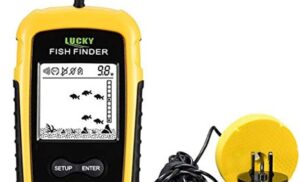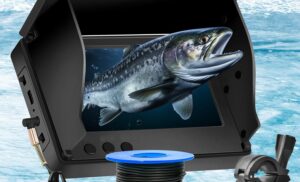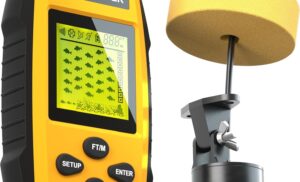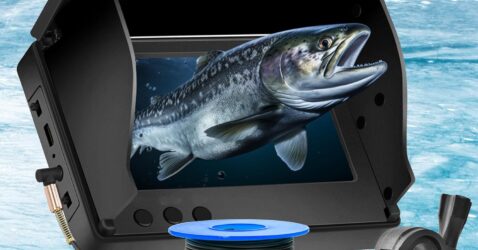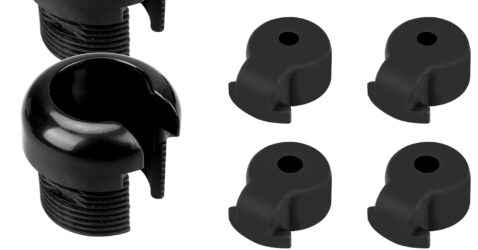The Ultimate Comparison: Lithium vs. Lead-Acid Batteries for Fish Finders
When it comes to powering fish finders, choosing the right battery is crucial for both performance and convenience. Fishermen and boating enthusiasts often face the dilemma of selecting between lithium and lead-acid batteries. Each type has its strengths and weaknesses, and your choice can significantly impact your fishing experience. In this article, we will compare lithium and lead-acid batteries to help you make an informed decision.
Understanding the Basics
Lead-Acid Batteries
Lead-acid batteries have been the traditional choice for powering various electrical devices for decades. They come in two main types: flooded lead-acid (FLA) and sealed lead-acid (SLA), which includes absorbed glass mat (AGM) and gel batteries. Lead-acid batteries are known for their affordability and ability to perform well in cold conditions, but they also come with some drawbacks.
Advantages of Lead-Acid Batteries:
- Cost-Effective: Lead-acid batteries are generally cheaper upfront compared to lithium batteries.
- Robustness: They are durable and can withstand rough handling, making them suitable for various outdoor conditions.
- Established Technology: Their long history means they are widely understood and supported.
Disadvantages of Lead-Acid Batteries:
- Weight: Lead-acid batteries are significantly heavier than lithium counterparts, which can be a disadvantage when portability is important.
- Depth of Discharge: They typically cannot be discharged deeply without damaging the battery, limiting usable capacity.
- Shorter Lifespan: Lead-acid batteries generally have a shorter cycle life, often lasting around 3-5 years with proper care.
Lithium Batteries
Lithium batteries, specifically lithium iron phosphate (LiFePO4), have gained popularity in recent years, especially among serious anglers and boating enthusiasts. They are known for their high energy density and efficiency.
Advantages of Lithium Batteries:
- Lightweight: Lithium batteries are much lighter than lead-acid batteries, making them easier to transport and install.
- Depth of Discharge: They can be discharged up to 80-90% without damaging the battery, providing more usable power.
- Longer Lifespan: Lithium batteries can last 10 years or more, significantly reducing the frequency of replacements.
- Faster Charging: They typically charge faster than lead-acid batteries, allowing for more time on the water.
Disadvantages of Lithium Batteries:
- Higher Initial Cost: Lithium batteries are more expensive upfront, which may deter some users.
- Temperature Sensitivity: While they perform well in most conditions, extreme cold can affect their efficiency.
- Specialized Chargers Required: Lithium batteries often require specific chargers to ensure safety and performance.
Performance Comparison
When it comes to powering fish finders, performance is paramount. Here’s how the two battery types stack up:
Power Capacity and Runtime
Fish finders vary in their power consumption, typically ranging from 1 to 20 amps, depending on features. A lead-acid battery can provide ample power, but a lithium battery can deliver more consistent voltage throughout its discharge cycle, leading to better performance of electronic devices.
Weight and Portability
For anglers who frequently move from spot to spot, weight is a significant factor. A lithium battery can be half the weight of a comparable lead-acid battery, allowing for easier handling and installation.
Maintenance
Lead-acid batteries require regular maintenance, especially flooded types, which may need water added periodically. In contrast, lithium batteries are virtually maintenance-free, making them a more convenient option.
Cost Considerations
While the initial cost of lead-acid batteries is lower, the total cost of ownership over time might favor lithium batteries due to their longevity and lower maintenance needs. When calculating costs, consider both the upfront price and the potential for replacement and upkeep.
Conclusion
When choosing between lithium and lead-acid batteries for your fish finder, consider your specific needs and preferences. If you’re looking for a cost-effective solution and don’t mind the weight, lead-acid batteries might be suitable. However, if you prioritize performance, longevity, and ease of use, investing in a lithium battery could enhance your fishing experience significantly.
Ultimately, both battery types have their merits, and the best choice depends on your fishing habits, budget, and the importance you place on portability and performance. Whichever you choose, being well-informed will ensure that your fish finder operates efficiently, helping you make the most of your time on the water.


